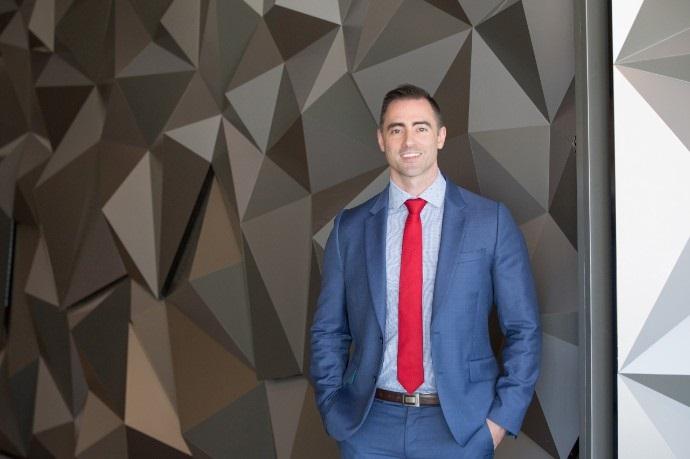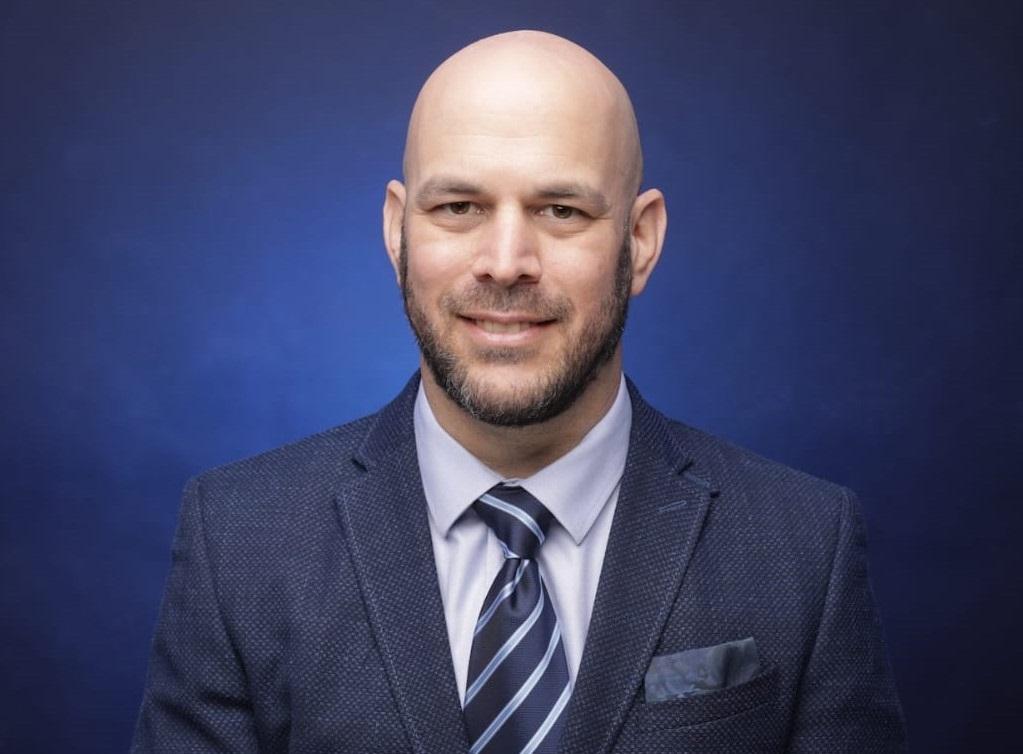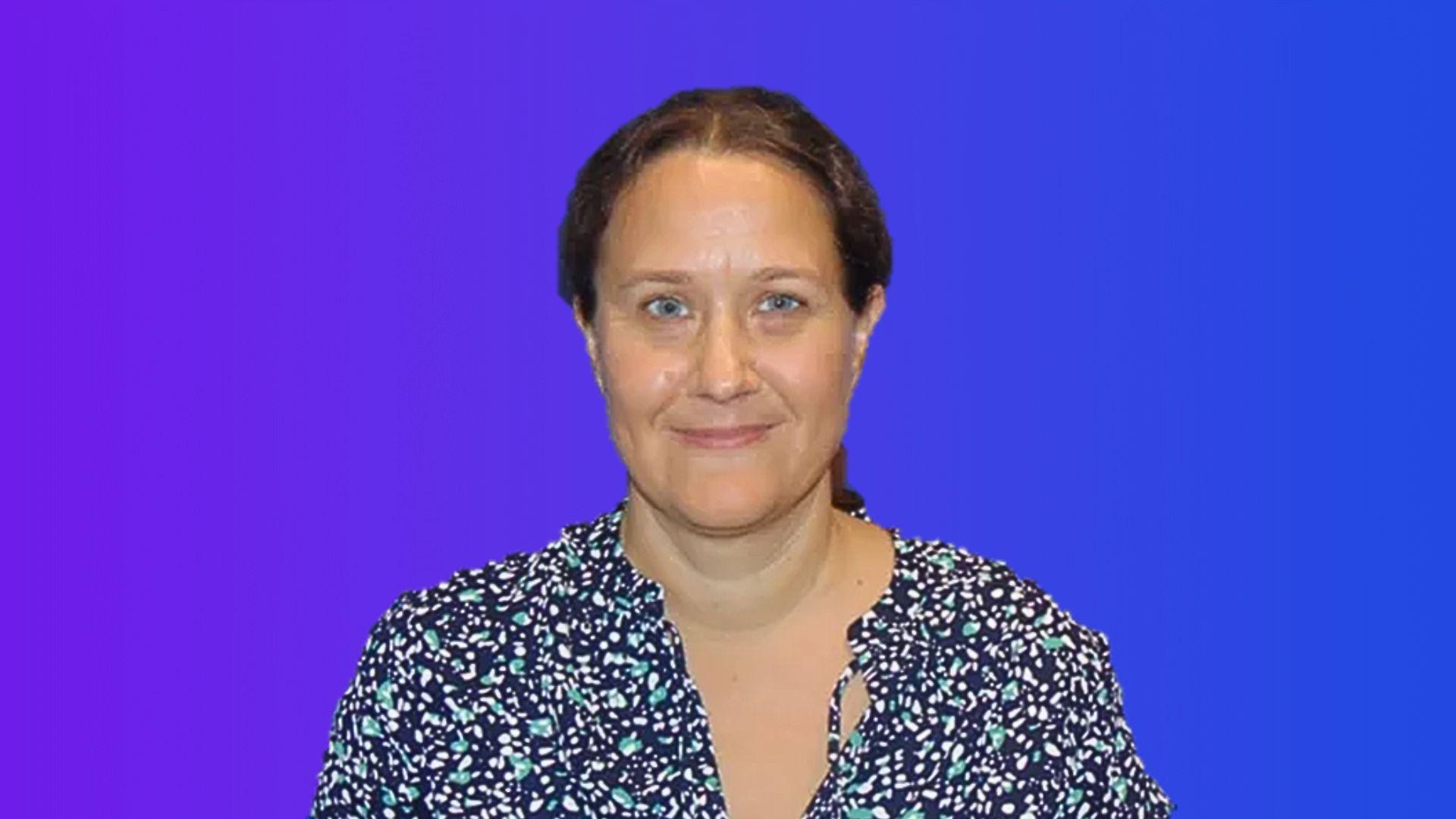Guest Post: What Will Sustainability 2.0 Look Like?
Dr. Matthew Bell, EY Global Climate Change & Sustainability Services Leader, explains why exponential, not incremental, change is needed ahead.
To get a better perspective on the future, let’s begin by looking at the past. Over the last two decades, sustainability has undoubtedly helped to introduce “greener” business practices, but many would argue that these have been largely incremental, from boosting energy efficiency to building trust with consumers and regulators.
Now, as the window in which environmental disaster can be averted narrows, sustainability professionals are increasingly aware that something less incremental and more fundamental will be required. Part of this shift is the realization that even best-practice sustainability strategies can still be at odds with environmental goals if the organization’s business model is not aligned.
This disconnect between sustainability targets and business models may well explain why terms like greenwashing, greenwishing and greenhushing[1] have taken hold. For even the most well-intentioned business, living up to your green claims is tough if your business model could actually be working against them. Perhaps that’s one reason why, in recent research, EY analysis found that while 80% of FTSE 100 companies publicly committed themselves to reaching net-zero by 2050, in reality only 5% had credible net-zero plans[2].
New models, new ways of thinking
Sustainability 2.0 is likely to mean moving from tinkering with existing models to exploring new ones.
That’s largely driven by the fact that most existing business models fail to consider planetary limits because they are based on unconstrained access to resources to produce an ever-growing supply of products. While the environmental cost per unit can be reduced, if the model is predicated on producing ever more products for a growing customer base, then those planetary limits will still be in danger.
So, what do these new models look like?
The models are essentially based on three schools of thought, which I will briefly summarise.
A world of constraint: This model posits that businesses and indeed society need to restrain and reduce consumption in order to live within planetary limits.
A circular world: This model maintains that if businesses deploy more circular models, which eliminate waste through everything from energy efficiency to recycling, society can continue to consume as much as we desire.
A world of (sustainable) growth: A third view is one that economist Tyler Cowen sets out in his book Stubborn Attachments. This philosophy allows for the pursuit of growth, but only when that growth doesn’t have a deleterious effect on any person or anything at any point in the future.
That focus on the long-term future is key here because it can be at odds with investors’ and economists’ tendency to prioritize shorter-term goals, or discount events that occur some years into the future.
Sustainability 2.0 will inevitably mean revisiting capital and business models. When doing so, we will need to carefully consider how businesses can think much more long term while still meeting the current needs of stakeholders. If we can’t do this, what is the alternative? Should companies with unsustainable business models have a “useful life,” rather than exist in perpetuity?
Setting out on a fresh path
So, faced with such a seismic shift, where should businesses begin?
The crucial starting point is materiality, a term both familiar to businesses and within the scope of existing European Union’s Corporate Sustainability Reporting Directive (CRSD) regulations. It means carefully examining not only how an individual business impacts environmental, social, and economic matters, but also how these matters could financially impact the business. While this may be a relatively well-established process, the game-changer occurs when the so-called double materiality is properly incorporated into the company’s strategy and risk register. This can be a powerful process because those risks – from cutting off access to vital resources to being unable to comply with regulations or even losing a social license to operate – will now be seen as fundamental to business survival. Once that happens, changes to the business model begin to look less abstract and more pressing.
Sustainability 2.0 may impact even the most core aspects of established thinking, not least in expanding the concept of value beyond its traditional economic monetary meaning to encompass social and environmental value. As if that isn’t a big enough shift in mindset, collaboration could begin to replace competition as businesses come together to create innovative and disruptive cross-sector sustainability initiatives. We’re already seeing this trend reflected in the rise of the ecosystem, with recent EY research[3] showing that companies are generating significant value as a result.
A change of role for sustainability professionals
One final reflection on what sustainability 2.0 will look like relates to the role of sustainability professionals. Here, rather as I’m suggesting businesses should do, I’ve changed my previous view of the world. I, like others in the profession, believed that as sustainability became more integral to business, it would no longer be a distinct discipline or department, just a natural element of any successful company or role. Happily, we would all be out of a job.
Now, though, I see that sustainability professionals are not only more needed than ever, but their highly demanding roles must act as an essential bridge between the inertia for a shorter-term focus of businesses and the long-term needs and risks of the planet. In this particular vision of the future, the sustainability function becomes a co-pilot to the CEO, the CFO, and Risk and Strategy leads, equipped with a much more cognizant view of the long-time horizon. Chief Future Officer perhaps?
Disclaimer
The views reflected in this article are the views of the author and do not necessarily reflect the views of the global EY organization or its member firms. Moreover, they should be seen in the context of the time they were made.
[1] https://www.linkedin.com/posts/ernstandyoung_cop27-greenwashing-greenwishing-activity-6996501643919798273-D7ss/?originalSubdomain=tz
[2] https://www.ey.com/en_uk/news/2023/04/only-five-percentage-of-ftse-100-have-published-net-zero-plans





